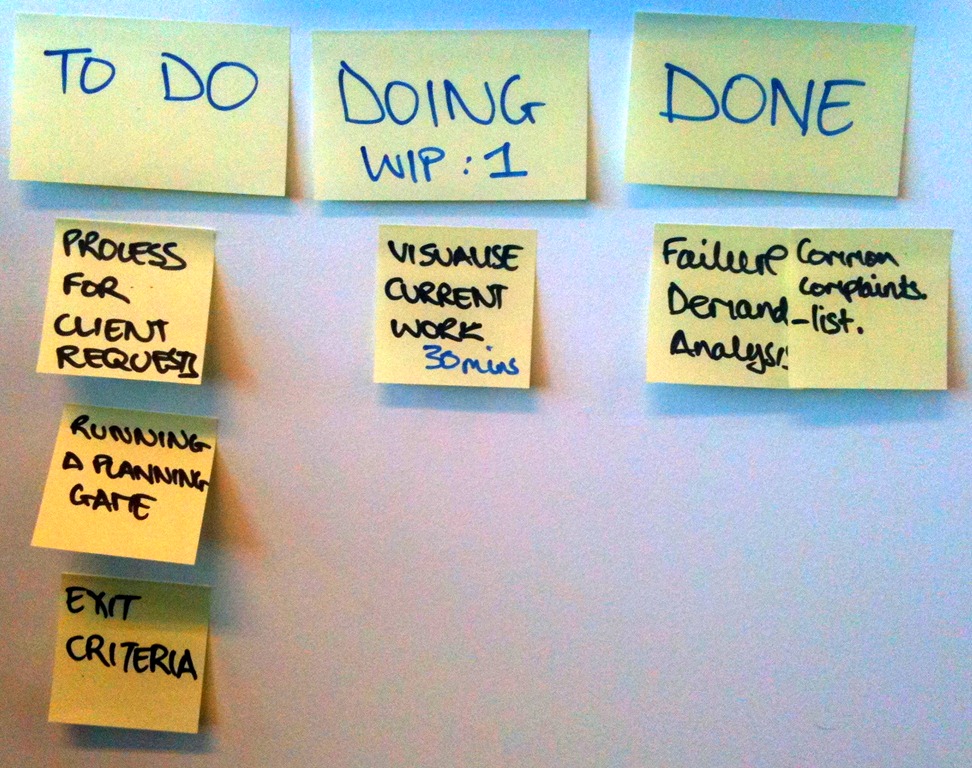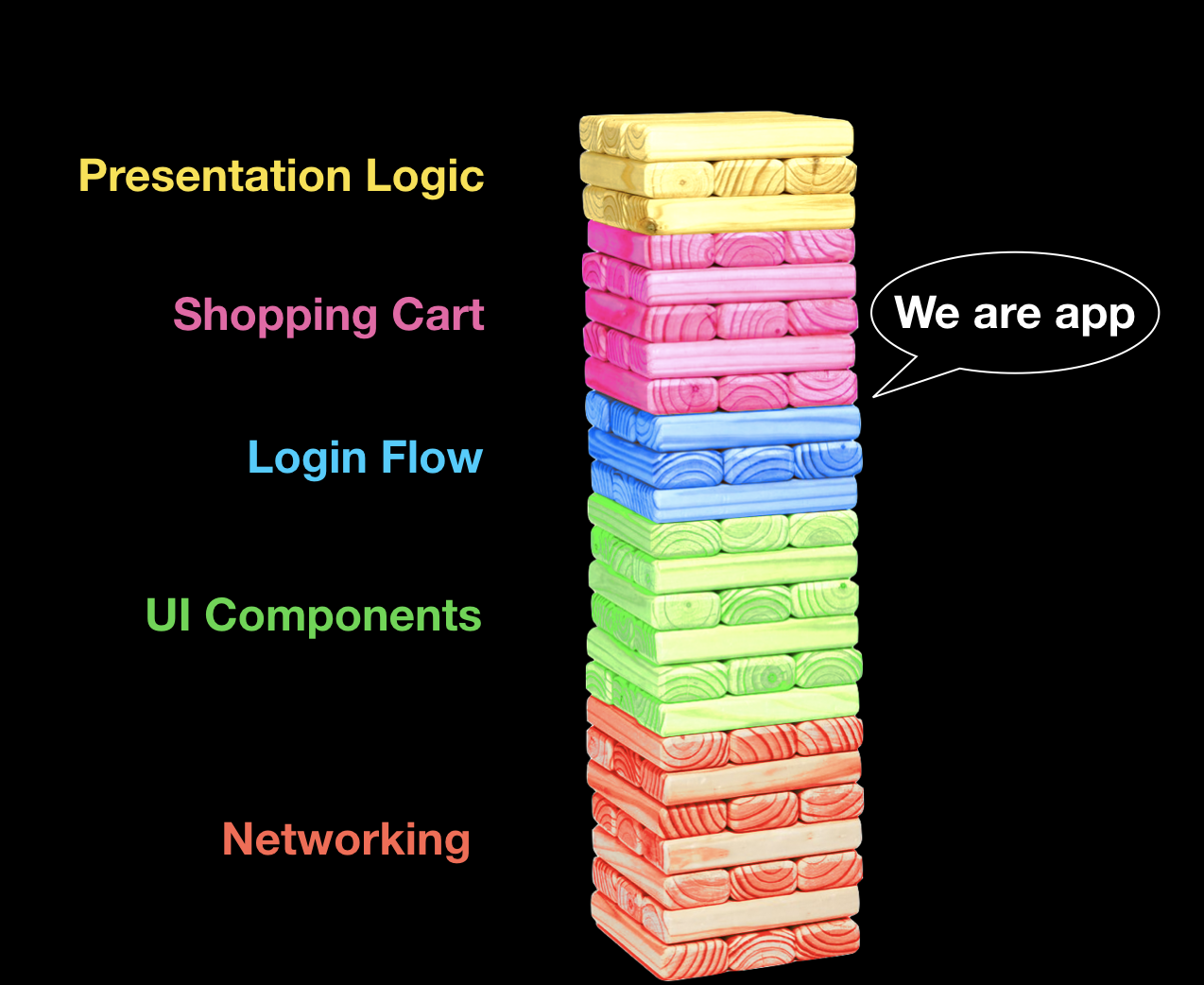Recently, I was browsing through the archives of the podcast Reply All (well worth doing, if you’re interested in unusual stories about how technology impacts our lives) when I came across an episode titled “The Snapchat Thief”.
The gist of this episode is as follows: a young woman reports that her Snapchat account has been hacked, and asks asks the hosts of the show to help her investigate. She’s received emails from Snapchat telling her that her password has been changed and her account is now associated with a different phone number — and she’s also received threatening texts from the hacker, warning her not to report the hack to Snapchat. She’s spooked, and has no idea how the hacker gained access to her account, or even why they would want to.
read on





